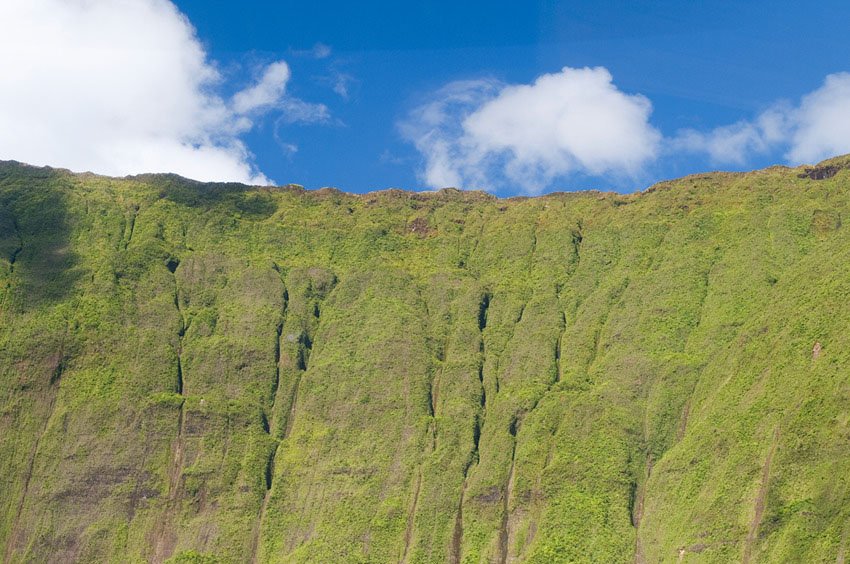http://www.kauai.com/kauai-geography
|
http://dhrititimelineofplatetectonics.weebly.com/formation-of-hawaii.html
|
How will Kauai, Hawaii look in in 10,000 years:
In 10,000 years I believe that Kauai, Hawaii will look similar to the Island of Niihau also known as "The Forbidden Island," because it is privately owned. The island of Niihau is said to be 70 square miles and it is located 18 miles northwest of Kauai. Niihau's climate is described as being very dry and not as lush as the other islands and I believe that will be the future of Kauai as well. Even though today Kauai is considered a lush island with beautiful scenery, 10,000 years from now that may not be the case.
| https://carpyscaferacers.com/forbidden-island-hawaii/ |
How will Kauai, Hawaii look in 1,000,000 (one million) years:
In doing research, kauainaturetours.com discusses how since the end of its growth around five million years ago, Kauai has decreased in land area by half as it subsided over 3,000 feet from well over 8,000 feet to it’s present maximum height of 5,243 feet at Mt. Kawaikini. Mass wasting plays a crucial role in what Kauai will look like in one million years because it will be the ultimate cause as to why Kauai's height will continue to decrease nearly disappearing into the ocean in one million years.
 |
| https://www.nap.edu/read/10865/chapter/5#7 I like this image because it shows the height of all of the islands |
How will Kauai, Hawaii look in 10,000,000 (ten million) years:
In ten million years I do not think that Kauai will still be standing as an island. In an article I found written by James Cave entitled, "Hawaii's Coastal Erosion Predicted to double by 2050," Cave really touches on erosion and what it is doing not only to the island of Kauai but many other Hawaiian Islands. One of the main things found by scientist at the University of Hawaii's School of Ocean and Earth's Science Technology is that the islands beaches will erode nearly 20 ft by 2050 and 40 feet by 2100 (Cave). Lecture 15 introduces us to erosion and in the case of Kauai weather and erosion play an important factor in what it will look like ten million years from now, which is in my opinion submerged and no longer an island.
In conclusion, it is very hard to predict how the island of Kauai, Hawaii will look thousands and even millions of years from now but one thing that helps in determining what Kauai, Hawaii will possibly look like in the future is looking at the Islands that are older than Kauai such as Niihau. Also, through the many concepts we have learned in class from the great Professor Allen we can use those tools to help us determine the future of any place we choose to study.
| http://traveltips.usatoday.com/tours-kauai-hi-58589.html |
 |
https://volcanocafe.files.wordpress.com/2014/10/kauai_geology_.jpg
|
References:
Dr. Casey D. Allen, Associate Professor, Department of Geography & Environmental Sciences University of Colorado Denver: Geographic concepts and understanding were taken from lectures on Lecture 15 Rock Decay (aka weathering) and Lecture 16 Mass Wasting and any other lectures needed.
Dr. Casey D. Allen, Associate Professor, Department of Geography & Environmental Sciences University of Colorado Denver: Geographic concepts and understanding were taken from lectures on Lecture 15 Rock Decay (aka weathering) and Lecture 16 Mass Wasting and any other lectures needed.








